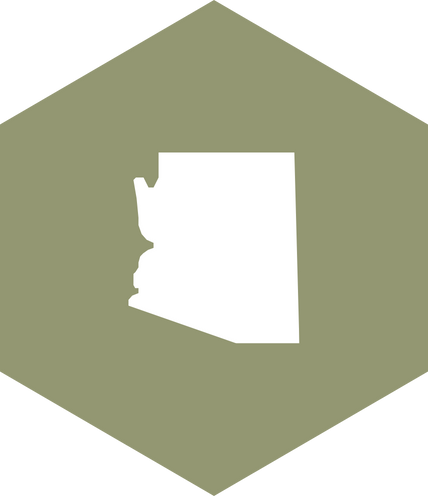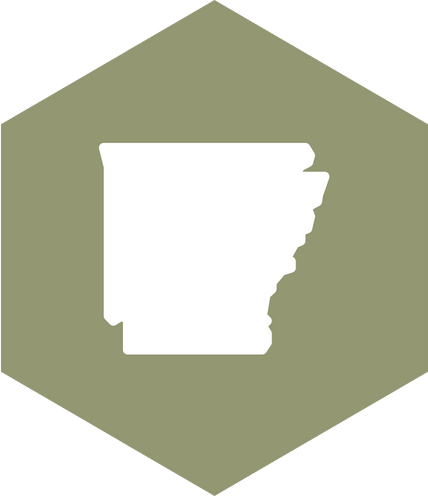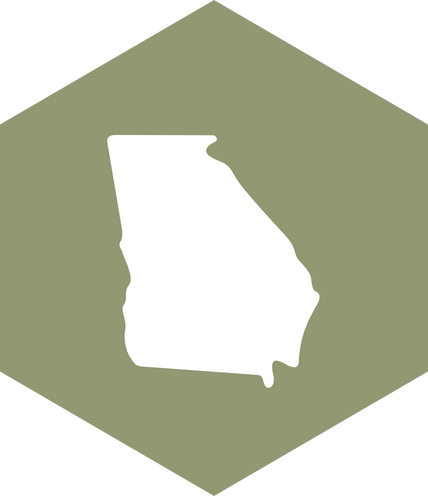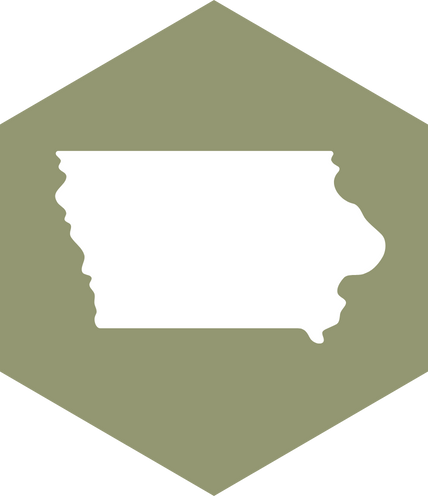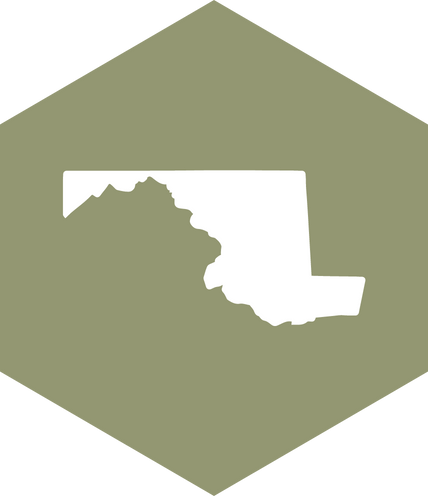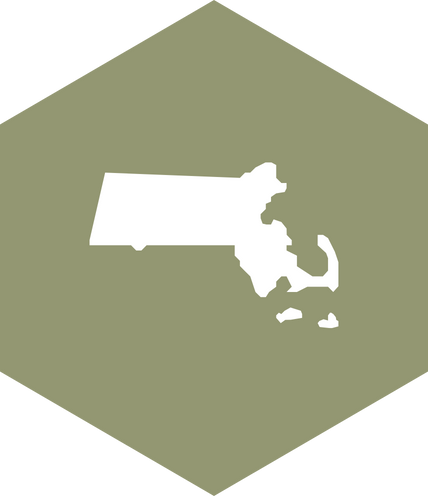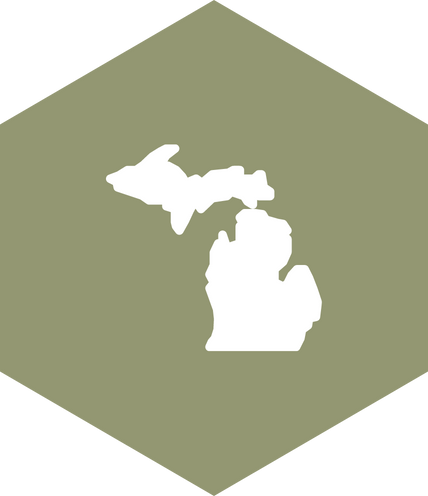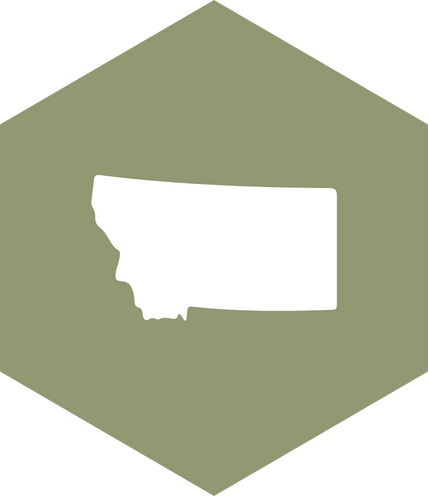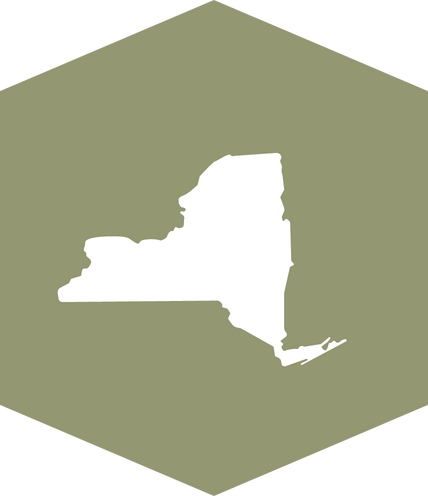History of 420: Origins and Evolution
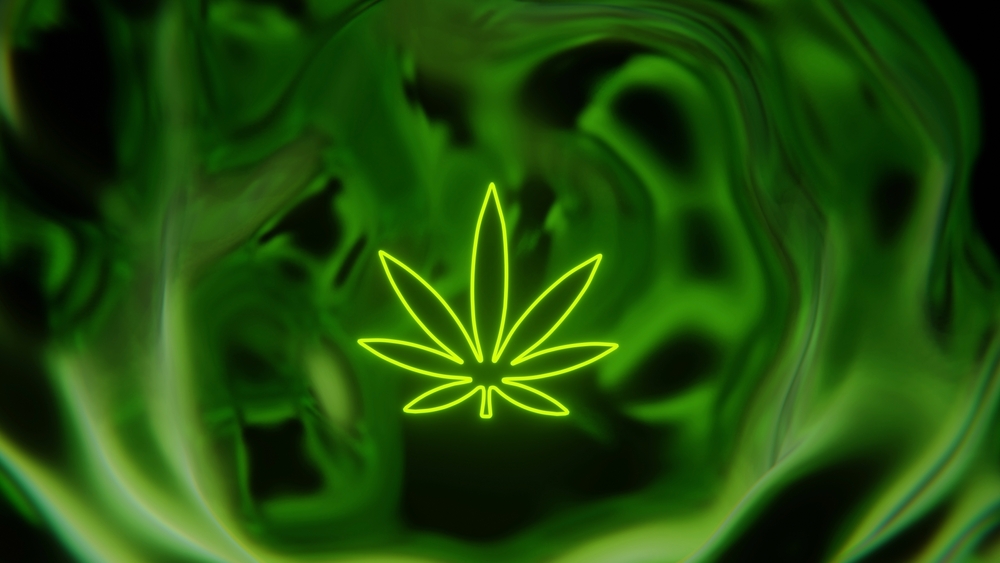
History of 420: Origins and Evolution
As April 20th approaches and cannabis enthusiasts worldwide prepare to celebrate, it’s time to clear the air about one of cannabis culture’s most iconic symbols. The story behind 420 isn’t as hazy as you might think. It’s rooted in a rather specific moment in time that has since grown into a worldwide phenomenon.
The Birth of a Cannabis Cultural Icon
Before diving into the fascinating story of how 420 became a global phenomenon, it’s important to understand where it all began.
The Waldos: The True Originators
Forget what you’ve heard about police codes or Bob Marley’s birthday. The real story of “420” begins in 1971 with five high school students in San Rafael, California. This group, nicknamed “the Waldos” (they hung out by a wall), accidentally started a global phenomenon.
These teenagers got word of an abandoned cannabis crop and planned to find this hidden treasure. They chose 4:20 PM as their meeting time at the Louis Pasteur statue, perfectly timed after sports but before parents got home. “4:20 Louis” became their secret code in school hallways.
Though they never found the legendary cannabis patch, “420” stuck as their code word for cannabis and eventually spread far beyond their small circle.
Five teenagers. One meeting spot. A worldwide movement was born.
From Local Slang to Global Phenomenon
How did a code among five friends spread to millions around the world? The transition from local high school slang to a worldwide cannabis holiday required the perfect cultural vehicle, which came in the form of the Grateful Dead. Dave Reddix’s older brother managed a Grateful Dead sideband and was friends with Phil Lesh, the Dead’s bassist. The term began circulating among Deadheads in the late 1970s and 1980s through this connection.
Mainstream Recognition and Evolution
The underground code didn’t stay hidden forever. As cannabis culture grew, so did the recognition of this special number.
High Times and Media Adoption
The journey from secret code to mainstream recognition happened through several key developments:
- High Times magazine discovered the term in the early 1990s when reporter Steve Bloom received a flyer at a Grateful Dead concert.
- The flyer invited people to smoke “420” on April 20th at 4:20 PM.
- Though it incorrectly claimed the term originated as a police code, High Times published the flyer and began using “420.”
- By the mid-1990s, after an investigation, High Times credited the Waldos as the true originators.
Iconic 420 Gatherings: Where the Masses Convene
You haven’t fully experienced 420 until you’ve been part of a massive cloud of smoke rising above a sea of people. These legendary gatherings have become the stuff of countercultural folklore:
- Hippie Hill, San Francisco: The granddaddy of them all. By high noon (pun intended), the eastern edge of Golden Gate Park transforms into a hazy utopia where thousands of smokers create their own microclimate.
- CU Boulder, Colorado: This campus gathering was legendary for its sheer audacity before legalization. At its peak, over 10,000 students would blanket Norlin Quad in a massive act of collective civil disobedience that university officials tried to prevent by spreading fish fertilizer on the grass one year. Nowadays, the tradition continues in a more subdued fashion, with campus officials still trying to extinguish a tradition that burns as persistently as the herb itself.
- Mount Royal, Montreal: Canadians didn’t wait for legalization to create one of North America’s largest 420 celebrations. The mountain park transforms into a festival atmosphere with impromptu drum circles, hacky sack tournaments, and enough munchies to feed a small nation.
- Nimbin MardiGrass, Australia: Leave it to the Aussies to turn 420 into a three-day festival complete with a “Hemp Olympix” featuring events like joint-rolling contests and bong-throw competitions.
Legislative Connections
As cannabis legalization movements gained momentum in the 2000s and 2010s, the cultural significance of 420 took on political dimensions:
- The first U.S. state bills to legalize recreational cannabis (Colorado and Washington in 2012) were deliberately numbered 420 when possible.
- California’s medical marijuana regulation, Senate Bill 420, was named as a deliberate reference in 2003.
- Many dispensaries offer special promotions on April 20th.
- Cannabis industry companies often incorporate “420” into their branding, product lines, and marketing.
Explore Cannabis Education With Us
As we celebrate the cultural significance of 420 and the evolving landscape of cannabis acceptance, Compassionate Clinics of America remains committed to providing evidence-based education and resources. Learn more today.

